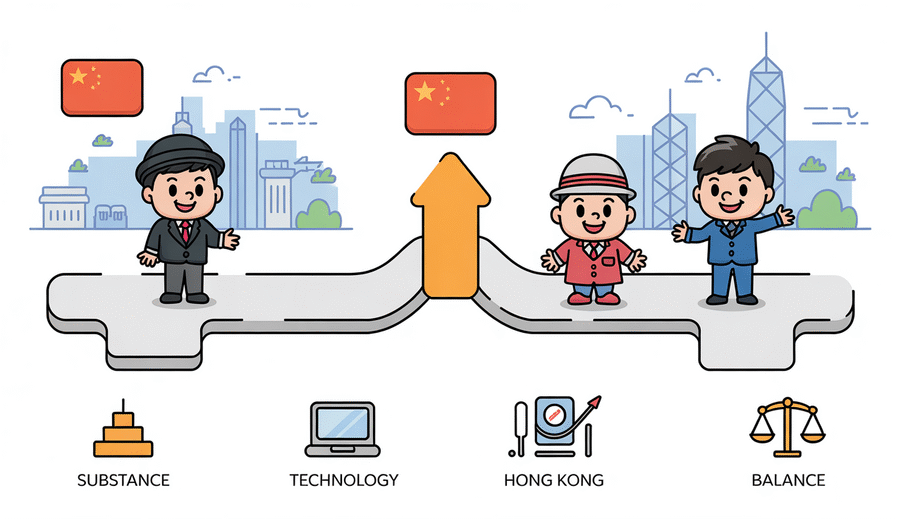Recent Shifts in China’s Cross-Border Tax Legislation
Mainland China is proactively reforming its tax framework to align with international standards and effectively counter base erosion and profit shifting. This strategic initiative has led to notable changes specifically targeting cross-border transactions and associated structures, including those involving jurisdictions such as Hong Kong. These enhancements are integral to a broader strategy aimed at increasing tax collection efficiency and ensuring multinational enterprises operating in or through China contribute fairly. A central theme in these reforms is a heightened focus on economic substance and a clear discouragement of arrangements primarily driven by tax advantages over genuine commercial imperatives.
A significant evolution within this landscape is China’s substantial expansion of its network of double taxation avoidance agreements (DTAAs) with numerous countries. By entering into comprehensive DTAAs, China is standardizing tax rules globally and improving mechanisms for international information exchange. While the fundamental purpose of DTAAs remains the prevention of double taxation, contemporary treaties increasingly incorporate robust anti-abuse provisions. This development directly impacts traditional offshore structures and reduces opportunities for ‘treaty shopping’ via intermediate jurisdictions, requiring businesses to meticulously evaluate their eligibility for treaty benefits and potential limitations under these expanded agreements.
Further reinforcing its cross-border tax control, China has significantly tightened transfer pricing documentation requirements. Companies engaging in related-party transactions, particularly those spanning the mainland-Hong Kong border, now face considerably greater scrutiny from tax authorities. The updated regulations mandate detailed Master File, Local File, and Country-by-Country Reporting, underscoring the necessity for comprehensive documentation to substantiate strict adherence to the arm’s length principle. Tax authorities are actively scrutinizing and challenging arrangements where profit allocation appears inconsistent with actual value creation or underlying economic activities, demanding substantial evidence to support reported intercompany pricing policies.
Adding another critical layer to China’s tax administration toolkit is the implementation and increasingly rigorous enforcement of the General Anti-Avoidance Rules (GAAR). GAAR empowers tax authorities to disregard or re-characterize arrangements deemed to lack commercial substance and whose primary objective is tax avoidance. This moves compliance expectations beyond mere technical adherence to specific tax provisions, introducing a higher degree of complexity and potential uncertainty for intricate cross-border structures. Businesses must therefore ensure their arrangements, including those between the mainland and Hong Kong, are underpinned by legitimate business rationale and are not solely motivated by minimizing tax liabilities, as GAAR can potentially override specific tax rules or even treaty benefits if an arrangement is determined to be artificial.

